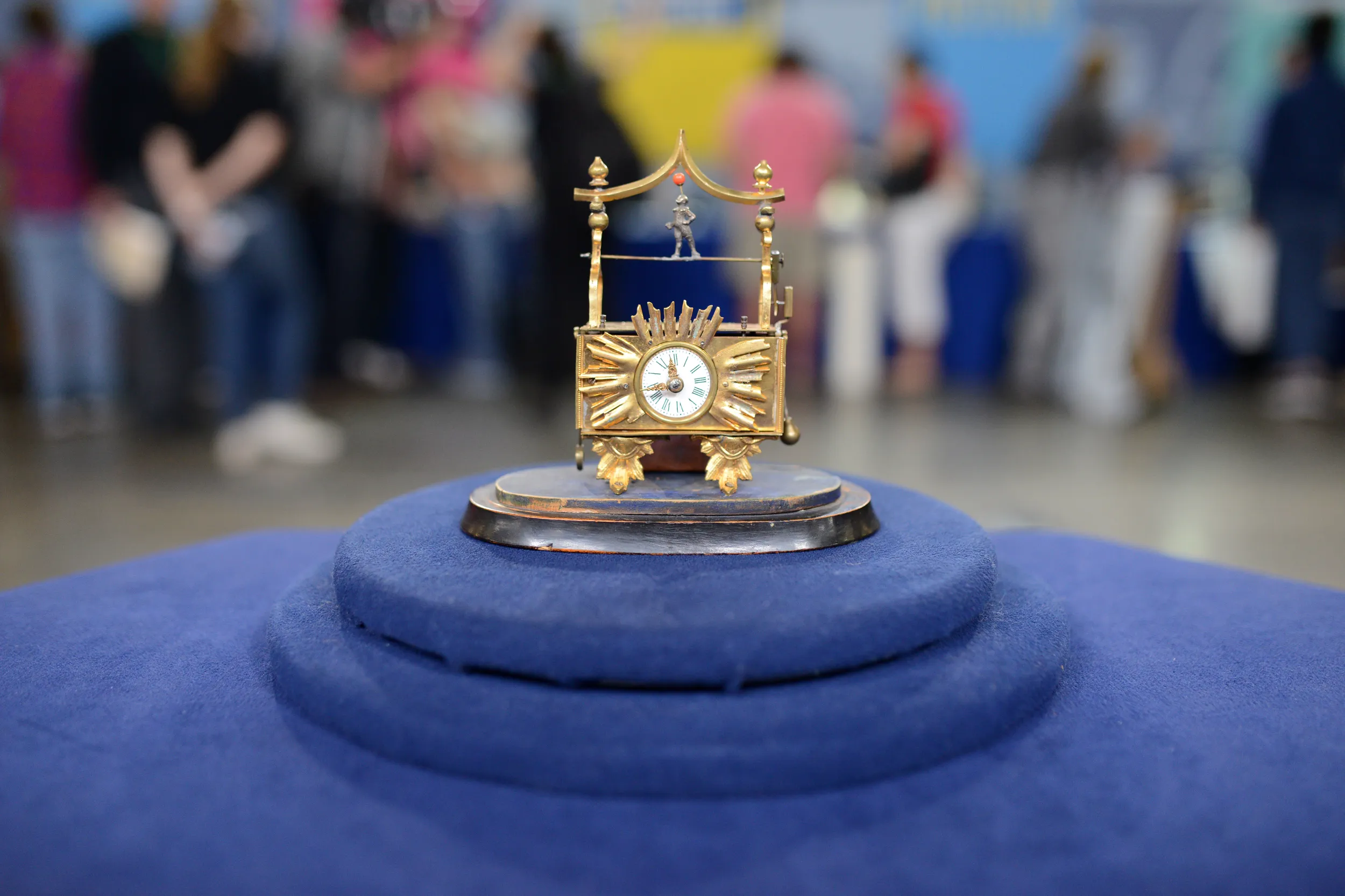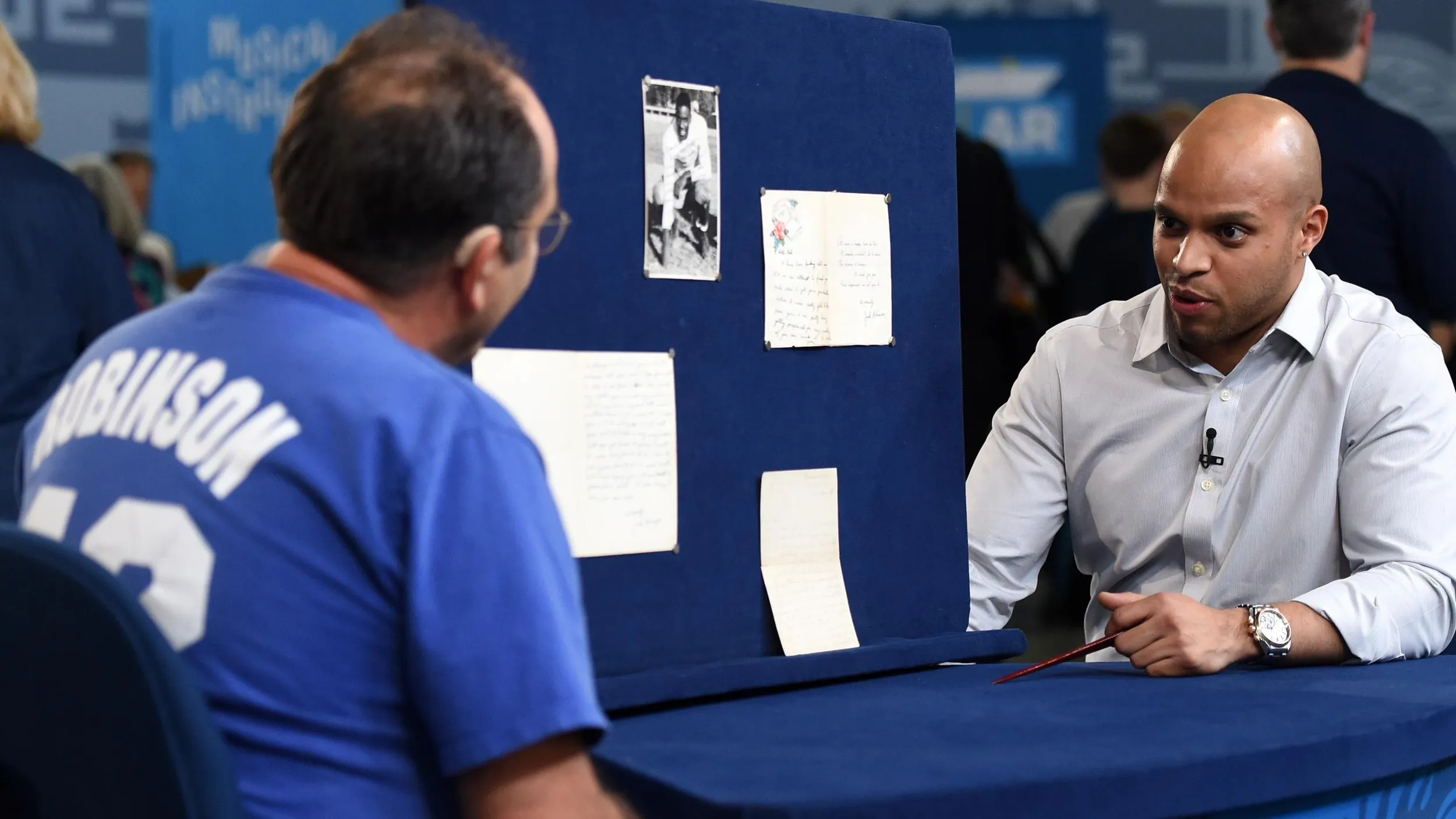GUEST: I collect animated antique clocks. And there was a – an ad on the Internet of a fellow in California that was going out of... his antique store was going out of business because of health problems. And so he sent me pictures of some clocks he was selling, and this was one of them. And I got really excited, and I bought this one.
APPRAISER: So what appealed to you about it?
GUEST: Well, I had never seen one like it before. The animation was just over the top, so. I do collect Zapplers, and it has kind of a Zappler-type movement on it.
APPRAISER: I agree with you, and it's certainly in the Zappler family. A classic Zappler is a little Austrian clock of this size, and normally they just tell time. And normally they need winding every day. They sit under a dome. And you've told me that you have the dome to this clock at home.
GUEST: Right.
APPRAISER: But when we saw this one, we realized that it was different. Even though it comes under the Zappler family, one of the biggest differences between this clock and a typical Zappler is that the typical Zappler has a little cow tail pendulum, they call it. And that typically ticks in front of the dial, in front of the hands. So we feel certain that this is exactly what that is, it's an Austrian Zappler with some significant differences. It doesn't have a cow tail pendulum-- it has two. And if we revolve the clock, we'll show how it has indeed two little pendulums. It has two little pendulums, because that is what is contributing to the automata. It really does need both of those to achieve this kind of motion. I think it's significant because it is in really good original condition. That's the original base. I feel certain that this enamel dial, which is in really good condition, is the original enamel dial, and those little pierced and gilded hands are the original hands.
GUEST: Really.
APPRAISER: So that makes it stand out. Very often these are damaged. They're small enough to where things happen to them. This is brass, but this has been given a coat of gold. So it's slightly gilded, I would say. The hands have been gilded with gold.
GUEST: What age would you say it is?
APPRAISER: I'm guessing that it dates from 1810, 1820. Can you tell me what you paid for it?
GUEST: I paid $500 for it. And that was about 15 years ago.
APPRAISER: Is that right? Okay. Typically a little Zappler of a normal size and shape would sell, retail, for anywhere between $500 to $700. This one, I would put its value, retail, at between $2,500 and $3,000.
GUEST: Wow.
APPRAISER: Because it's that different.
GUEST: Really?
APPRAISER: Yes.
GUEST: Wonderful.





